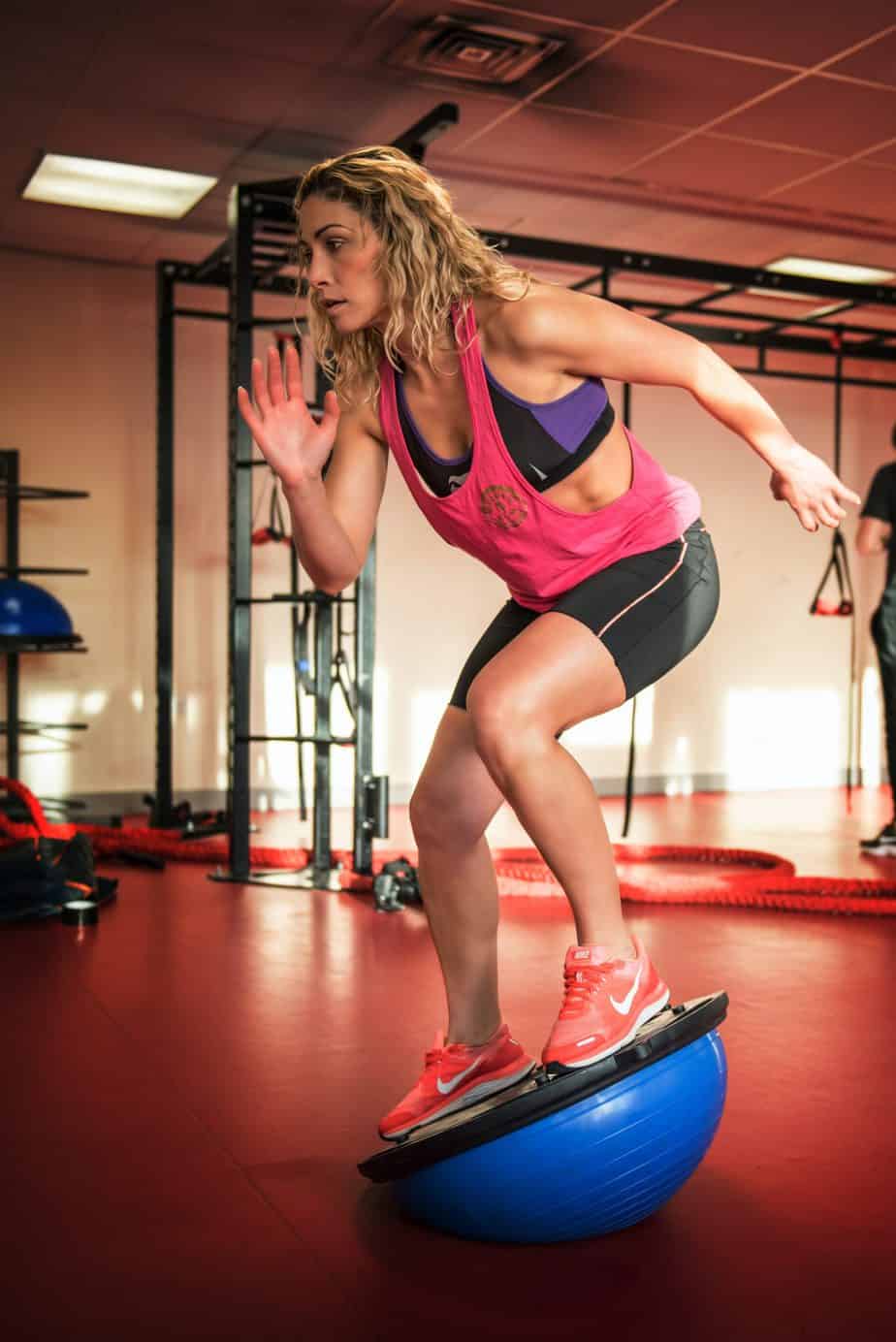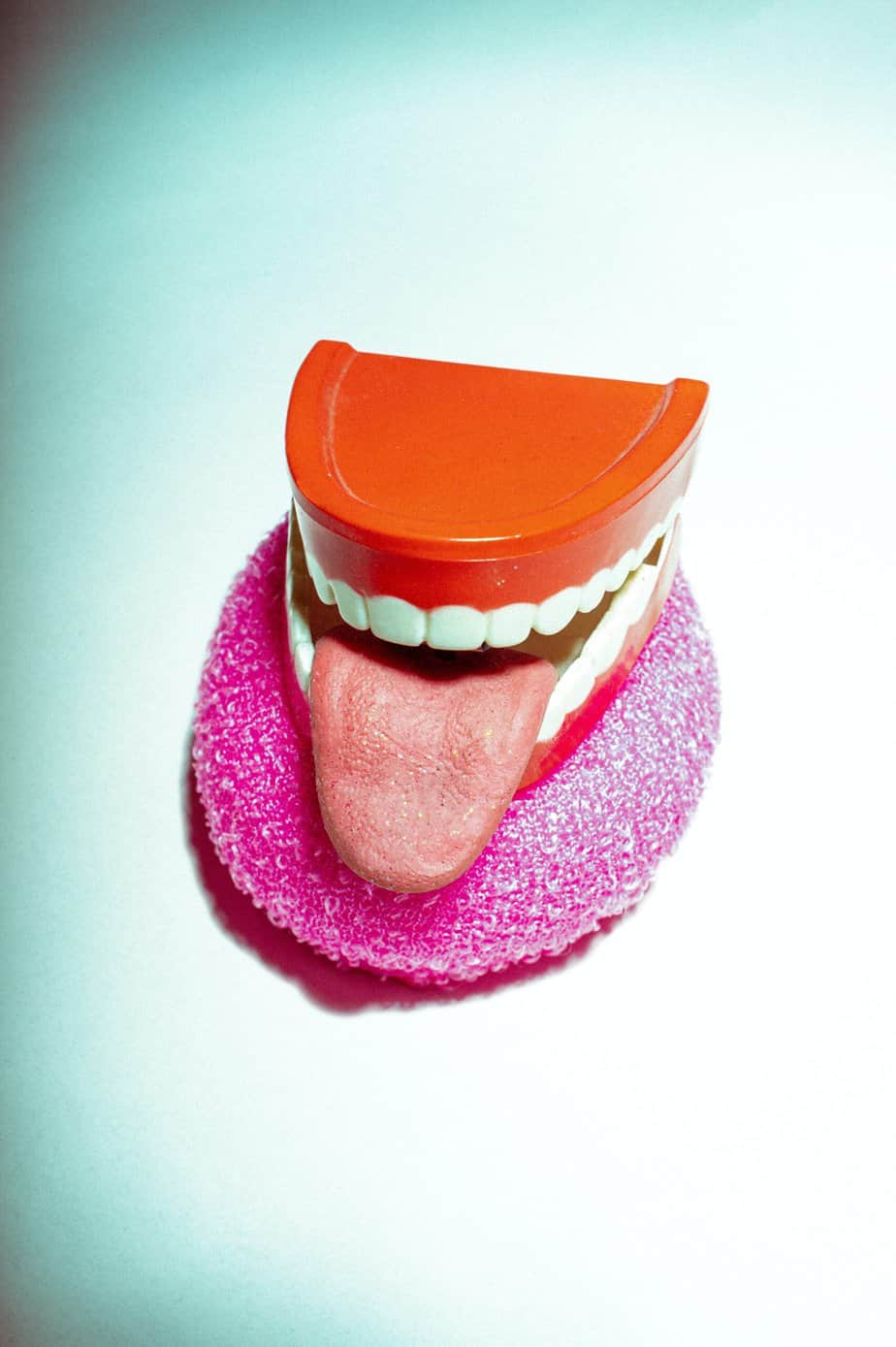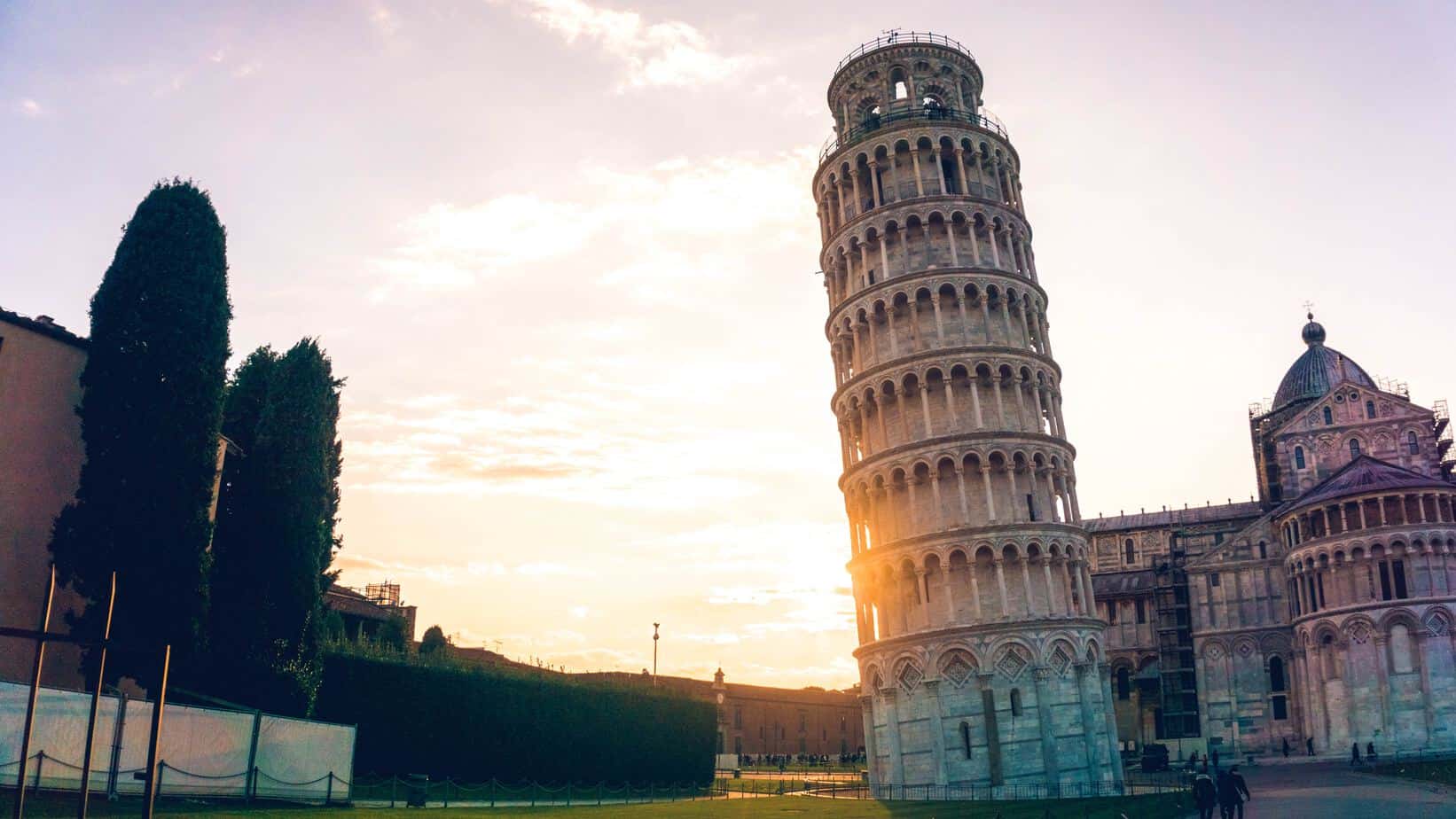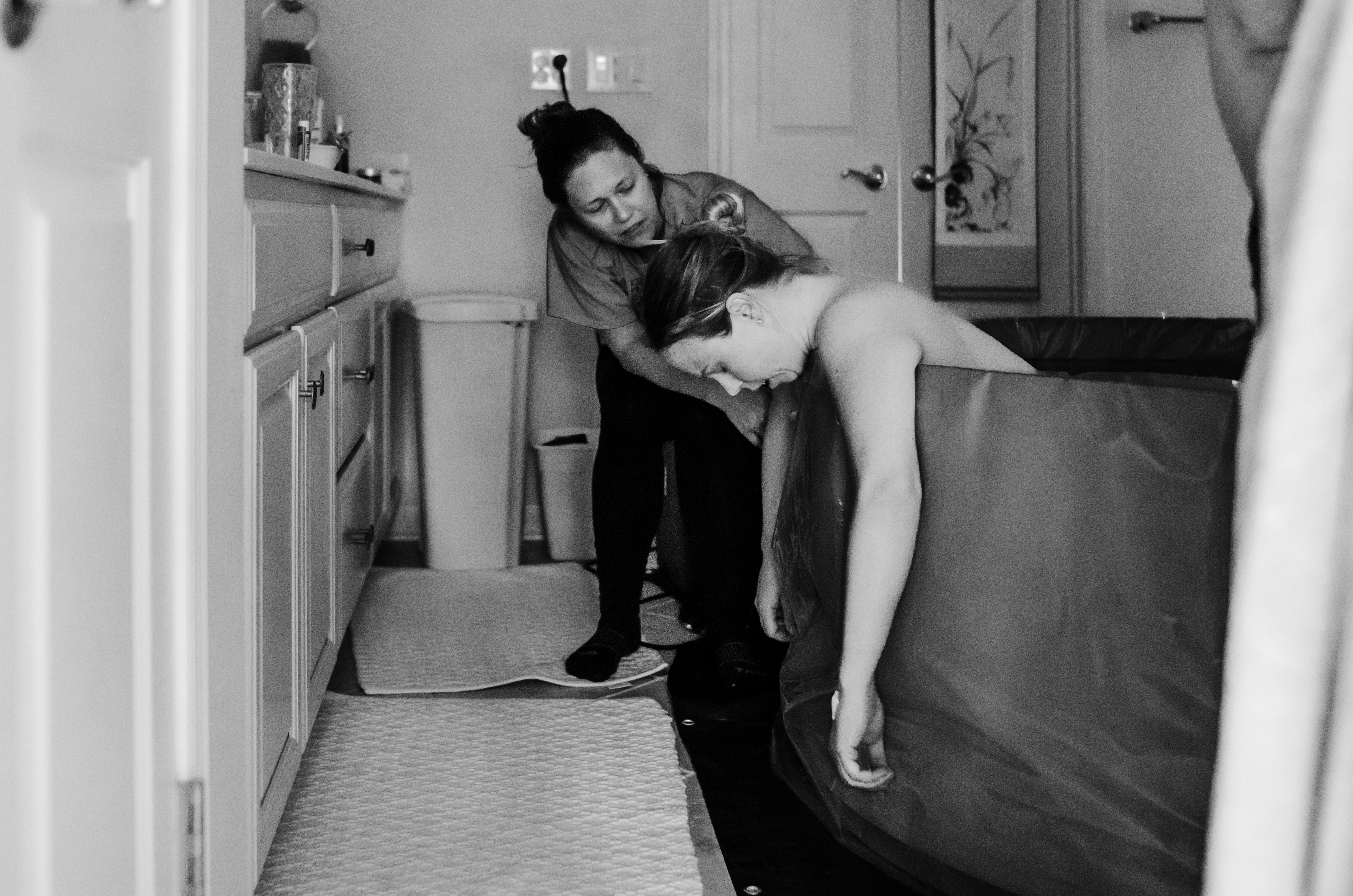Can Yoga Really Help Symptoms of Endometriosis?

New Yorkers are renowned for their face pace lifestyle. There’s a reason why it’s nicknamed the city that never sleeps. Yoga can sound contradictory to that lifestyle so it’s no surprise that some people cringe when they hear the word ‘yoga’.
What is Yoga?
Many people see the word ‘yoga’ and assume many things. For some it’s the thought of meditating, excruciatingly long poses or perhaps Bikram yoga where the body transitions quickly from pose to pose in 110 degree heat.
Yoga can be restorative, gently lengthening fascia and building up tone within muscles. Research shows that passive stretching is ineffective compared to active participation. It can be as simple as just using your breath with a stretch to ease out tension, improve blood flow and allow your fascia and muscles to lengthen.
Many women with endometriosis present with tightness within the pelvic floor. There are a few yoga poses you can perform that can help to release this tightness.
Yoga Poses to Try for Endometriosis/Pelvic Pain
If you are trying this for the first time it’s smart and recommended to have a trained yoga instructor or physical therapist guide you into position and help with any adjustments that should be made. Instructors are great for reinforcing correct breathing mechanics which can make a huge difference between straining into a position and easing gently into it.
Deep Squat Pose
The first pose is Malasana-garland (squat) pose. It allows the pelvic floor to open up easing muscular and fascia tightness. This improves circulation getting important nutrients and oxygen to those strung out muscles within the pelvis. Some key adjustments that can help this pose include how wide/narrow the feet are placed. Bend the knees slowly and keep your body weight forwards. Ideally your heels are on the ground. Close your eyes. Breathe. Shift your body weight to your tight areas to gently ease out the tightness. Use a yoga block under your butt if your knees/legs give you trouble.
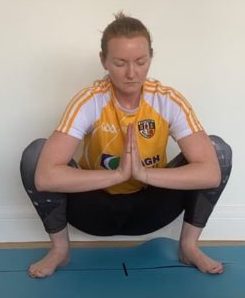
Child’s Pose
Balasana or Child’s pose is a fan favorite. It helps to open up the back and hips. Knees out versus knees together makes for some interesting changes. Try both. One version may help better on some days. Keep the toes touching though. Use a pillow under your chest if its too much of a strain on the back. Or use a pillow under the head if it doesn’t reach to the floor.

Legs Up The Wall
Viparita Karani or legs up the wall is a personal favorite. This one works really well for leg soreness/cramping and alleviates varicose veins (temporarily). Legs up the wall is just how it sounds. Lay down sideways with your butt as close to the wall as possible and then flip the legs up and onto the wall. Scoot your butt closer to wall if needed. Use a small rolled up towel under the lower back and/or neck if there’s any strain.
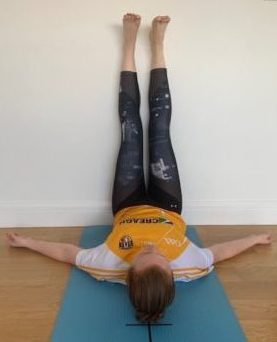
Reclined Bound Angle Pose
Supta Baddha Kanasana (Reclined Bound Angle Pose) can help anterior pelvic discomfort and inner thigh tightness nicely. Use a towel roll for the lower back and/or neck. Lay down and try to melt into the ground. Allow the knees to gently drop out to each side with feet touching and support the legs if it’s too much of a pull on the hip. The silver lining with this pose is you get to open out the front of the chest with the arms palms up resting on the ground.
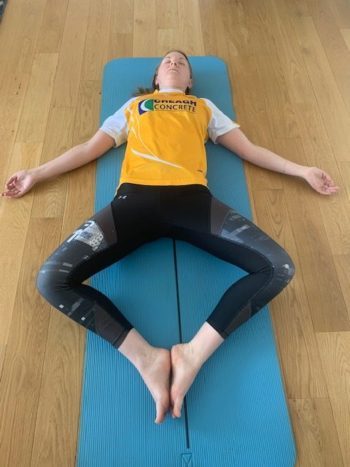
Downward Facing Dog
Downward facing dog (Adho Mukha Svanasana) is one you see a lot with yogis. It can be great for menstrul pain since the pelvic organs are off-loaded and gently stretched in this position. They can relax as you lift the trunk away from the pelvic. Focusing on the breath and belly breathing can help get you through this pose so you don’t get distracted by weaknesses in the arms/shoulders. Bend the knees if you’re having trouble (like many of us) getting your heels on to the ground. Think of lifting the tailbone up towards the ceiling and allow the head to let go.
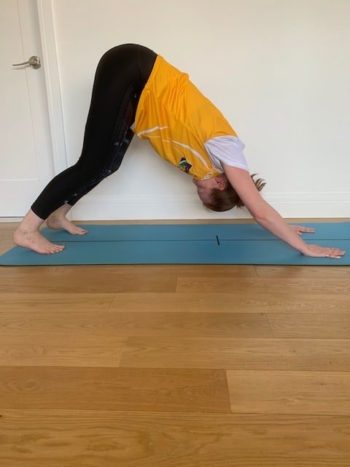
Written by: Keely Faridi, PT


